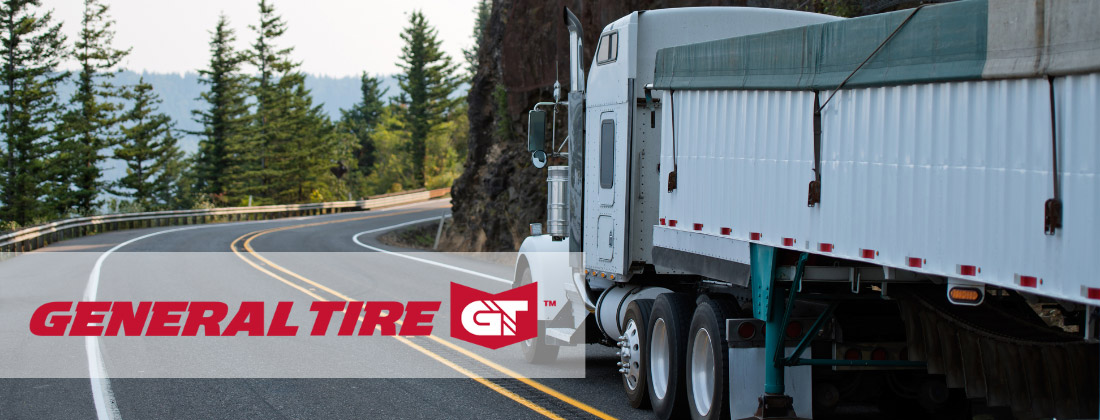
General Tire was founded in 1915 by William F. O’Neill (“W.O. “) and his partner Winfred E. Fouse. When the pair began producing tires, there were over 300 companies producing tires. O’Neill decided to focus on quality tires for the replacement market rather than the original equipment market (O.E.). It resulted in the creation of the General Jumbo tire.
In the 1920s, the company established an independent dealer network to ensure that the General Tire brand was presented as a premium brand. During this time, the General Tire development team created the Low-Pressure Balloon Jumbos, which require only 0.8 bar of air pressure. This was the first of many innovations that strengthened General Electric, including the Dual Balloon, Dual 8, Dual 10, Squeegee, and Dual 90.
Nowadays, General Tire still gives great importance to quality. The brand offers a complete range of car, delivery van, SUV, Off-Road, and truck tires of really high quality. The General Tire R&D team is now continuing the innovations that the brand achieved in the past with technologies like Duragen, 3D Sipe, and Monitor Technology.
General Tire has been producing tires for more than 100 years. They accomplish this by being a leader who innovates by introducing technology and styles that meet the ever-changing needs of their customers.
The factory in Mt. Vernon, Illinois, still manufactures three million car tires yearly. Although the largest part of that is now manufactured in Europe, General Tire is still the manufacturer of American quality.
Commercial tires are the soul of any vehicle, whether it’s heavy-duty trucks/trailers and passenger vans, as General Tire is a reputed brand and offers you the best range of tires for each vehicle.
The Inner Liner
The innermost part of the tire is a liner, which would be largely intended to keep the tire’s air in place. It is made of synthetic rubber specially designed for strength and longevity (In fact, synthetic rubber accounts for up to 70% of modern commercial truck tires.)
Carcass
The carcass is a layer of cords that forms a semi-rigid frame around the inner liner, aiding in retaining the compressed air within. The carcass will also influence optimal tire pressure and the overall load capacity of the tire.
Bead
The bead is a thin layer of wire, steel, and rubber that connects the tire to the rim. It also provides structural support, which aids in retaining the tire’s contour.
Sidewall
One of the most important components is the sidewall. It’s made of flexible crack-resistant rubber and sits between the bead and the outer tread to protect the carcass and the inner liner from destruction.
Belts
Belts are steel cords embedded in rubber, which connect the tread to the carcass. Belts’ primary function is to connect the layers of the tire, but they also provide some puncture protection.
Tread
Finally, the outermost layer is the tread – the part of the truck tire which touches the road. It’s generally made of a natural and synthetic rubber blend and is the thickest rubber on the tire.
TIRE FOR LONG/SHORT HAUL, HIGHWAY TANDEM DRIVE AXLE
This improved closed-shoulder drive tire provides excellent mileage while maintaining optimal traction and fuel economy.
LONG HAUL, HIGHWAY STEER POSITION TIRE
Advanced tread compound provides low rolling resistance for optimal fuel efficiency.
With top-notch service and unsurpassed quality, Tirecraft Roadking, South Calgary has become the premier tire dealer and auto repair shop in the South Calgary area. You are our priority when looking for commercial tires at Tirecraft Roadking, South Calgary. We have the best team of technicians who give their best efforts to make your vehicle truly functional.